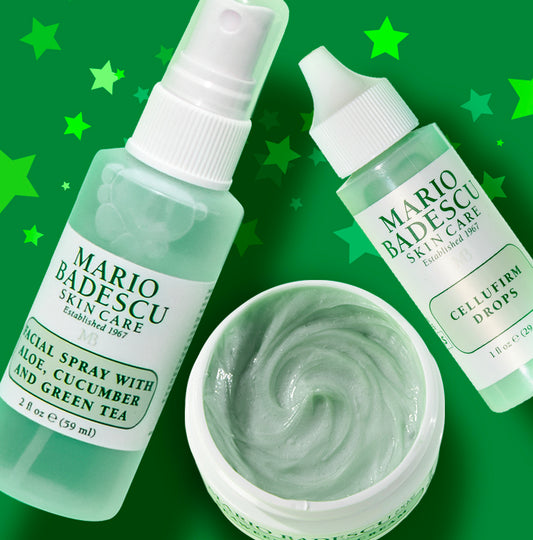1. People have been washing their bodies and faces for a long time. In fact, ancient Egyptians and Babylonians cleansed using animal oils and salts.
2. Other cultures linked cleanliness with social standing, and washing up was often done in public places during the time of ancient Romans and Turks. Cleansing has since evolved to become a private activity done twice a day (preferably).
3. Using ‘cold cream’ as a makeup remover and cleanser was overwhelmingly popular until the 1950s, when washing one’s face with bar soap became ‘the thing.’
4. Unfortunately, bar soap has a pH of about 9 to 10 whereas your face’s pH rests around 4.7. Using bar soap to cleanse your skin can disrupt the balance of its natural protective barrier, making it more vulnerable, particularly to dryness and the overgrowth of certain types of bacteria (including the kind that causes acne).
5. Cream cleansers are best for dry, sensitive skin. These help to keep the skin clean without drying it out or causing irritation.
7. Those with very oily skin can benefit from using a cleanser specifically developed for them. To help fight shine and excess oil production, choose a water-based, foaming cleanser.
9. It’s important to wash your hands before you cleanse your face! Always pull hair away from your skin and be sure to use tepid (neither hot nor cold) water.




